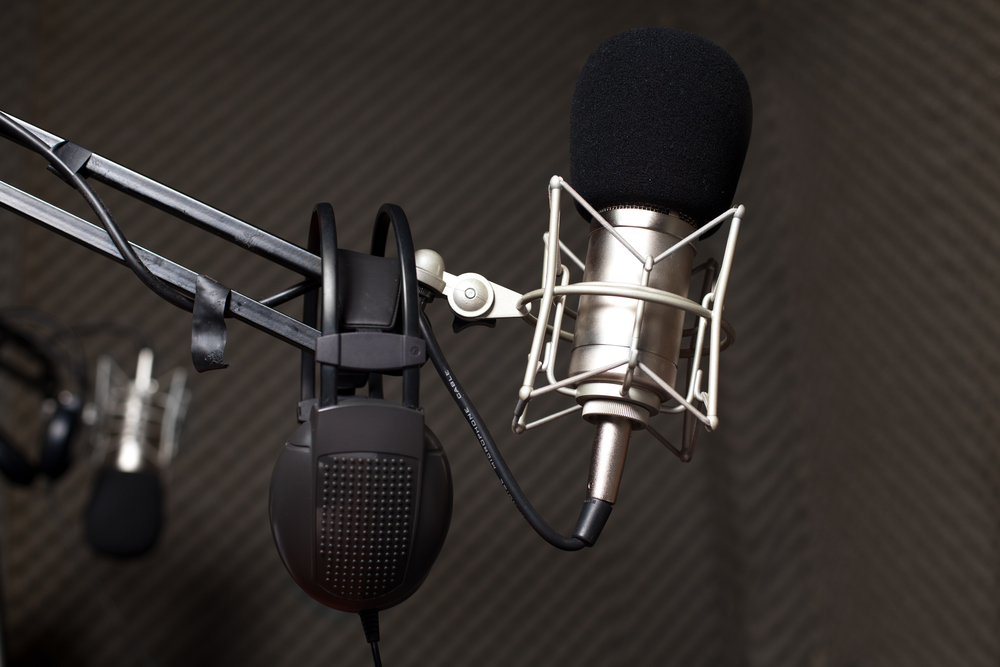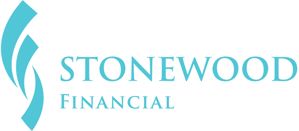The podcast industry has grown tremendously over the last few years, reaching over 100 million Americans alone. Because of that growth, more and more businesses are turning to podcasts to help promote their goods and services.
If you've been thinking about starting a podcast, you've come to the right place. With this straightforward guide, you'll be podcasting in no time. Even if you're not that tech-savvy, we'll show you how to create a podcast to build your brand in eight simple steps.
1. Choose a Niche
Thinking about your podcast's niche is a necessary first step because it will help you develop a content plan and gain subscribers. Before you produce your podcast, it's best to figure out a few things first. First, you'll need to choose a niche. This step should be pretty straightforward for anyone with a business or blog because the podcast can cover the same topics.
Next, check podcast platforms to research the number of podcasts in your chosen niche. If there are many in that genre, brainstorm ideas for making your podcast stand out from the rest. Consider your target audience and the topics they will find interesting.
2. Pick a Name and Write a Description
Now that you've decided what your podcast will be about, it's time to develop a name and description. The title of your show will determine your branding, artwork, topics, format, and more. And since it's the first thing people will notice before listening to what you have to say, it's important to spend some time choosing a name that's precise, eye-catching, and memorable.
The same thing goes for the description. You'll need to create a paragraph about your show that will attract your audience and give a clear idea of what to expect. Using keywords appropriately in your description will help people easily find your podcast when they're searching for specific topics on Apple or Google.
3. Decide Which Format to Use
Choosing a suitable format for your podcast should be the next step. There are many ways you can present your show:
- Single host or co-hosts
- In-depth interviews
- Panel discussions
Whichever format you decide to use, make sure it works for your subject and audience.
You'll also want to consider how often you should post an episode and how long each episode will be. While there's no optimal number, consistency is key. Sticking to a schedule will help you regularly produce episodes and generate followers who will incorporate your show into their routine.
4. Acquire the Right Equipment and Software
Once you've settled on the format and the episode frequency and length, you can now search for the equipment and software you'll need to record your podcast. It's best to keep it simple and spend within your means. All you'll need to begin recording is a computer or smartphone, recording software, and a quality microphone. You may also want to consider acquiring the following:
- Noise-canceling headphones
- Interview recording software (such as SquadCast or Zoom)
- Editing software
- Webcam (for video podcasting)
As you gain more experience, you can upgrade your recording and editing tools for better quality.
5. Select a Hosting Service
Similar to website hosting, you'll need to use a dedicated podcast hosting platform to make your podcast accessible to the public. This next step is important because a reliable hosting service will allow you to upload and store all of your podcast media files. That will make it easier to publish your podcast on directories such as Apple Podcasts and Spotify since they connect to hosting platforms.
6. Create Artwork and Music
You can either hire a professional or do it yourself for this step. If you decide to take the DIY route, applications like Canva can help you design and edit a great cover image for little to no cost. However, if you're not confident in your design skills, you can find an expert on freelance sites, such as 99Designs, Upwork, or Fiverr.
Whichever option you select, make sure your cover art meets Apple's technical specifications. Also, keep in mind the following:
-
Your artwork should visually communicate what your podcast is about in a clear, precise way.
-
Try to avoid using too much text or any images of podcasting equipment.
-
Make sure your design is consistent with your brand and can work on various mediums and platforms.
Adding music is not mandatory, but it can enhance your show. So whether you decide to include it at the beginning, end, or throughout the episode, you can find royalty-free music in various online libraries. Or, if your budget allows, you can purchase tracks through resources like Audio Jungle and Shutterstock.
7. Make a Recording and Edit
Before you record, take the time to prepare what you'll say in an outline. Here, you can highlight some points and design the show's flow so you stay on topic. You may also want to consider including an intro and outro, where you open the show with an introduction of yourself, any guests, and the topic and end it with a call to action.
Choose the best environment to record, preferably with less echo. Once you create your show, you'll need to edit it. If you're on a tight budget, simple and free editing software like Audacity or Garageband is at your disposal. But if you prefer working with a professional and can afford it, you can always hire a freelance editor through sites like Upwork or Fiverr.
8. Publish Episode and Promote Your Work
In this final step, you'll need to develop a solid marketing plan to get the word out about your podcast. An effective way to generate buzz is to announce the launch of your show on your business website and social media channels. Simply add a landing page to your site for the podcast, and your audience will have easy access to listen to and subscribe to your show.
While it may seem daunting to start a podcast, we hope these eight steps will help make the process easier. For more useful information on building your brand, contact us or follow us on Twitter.











